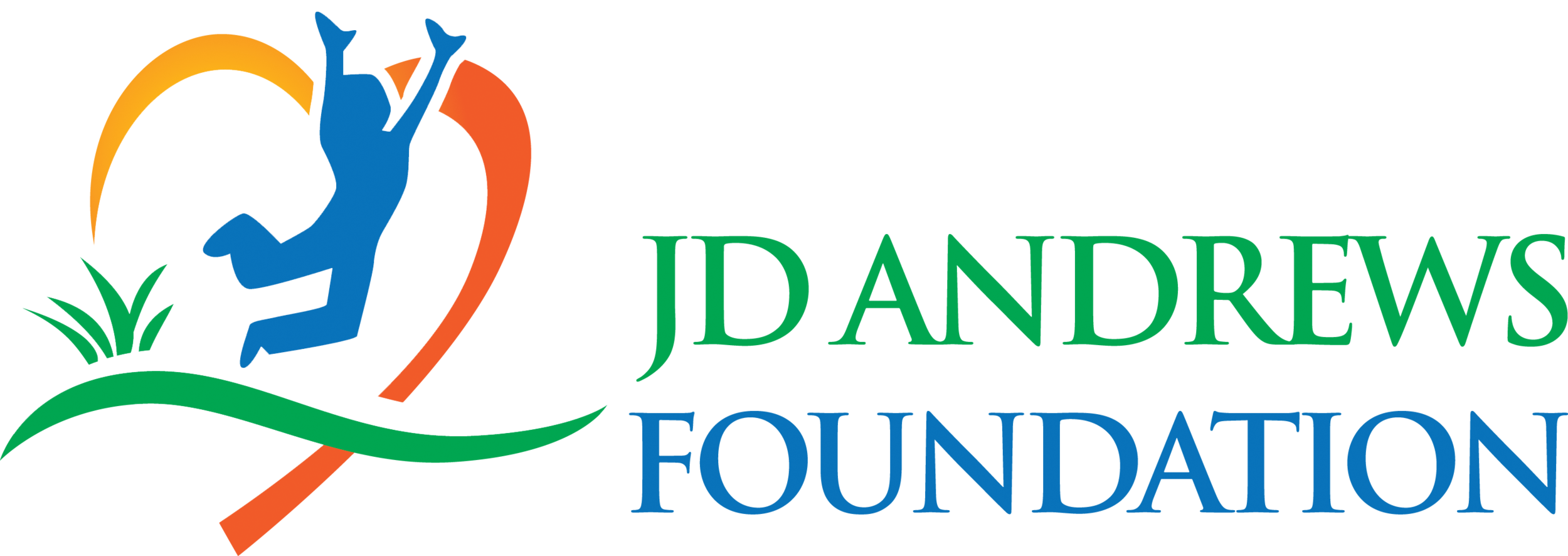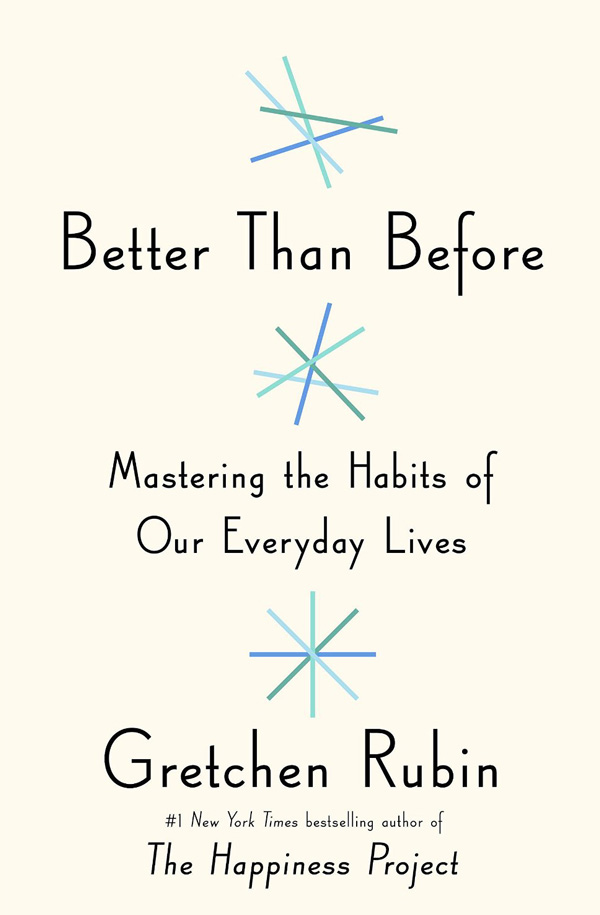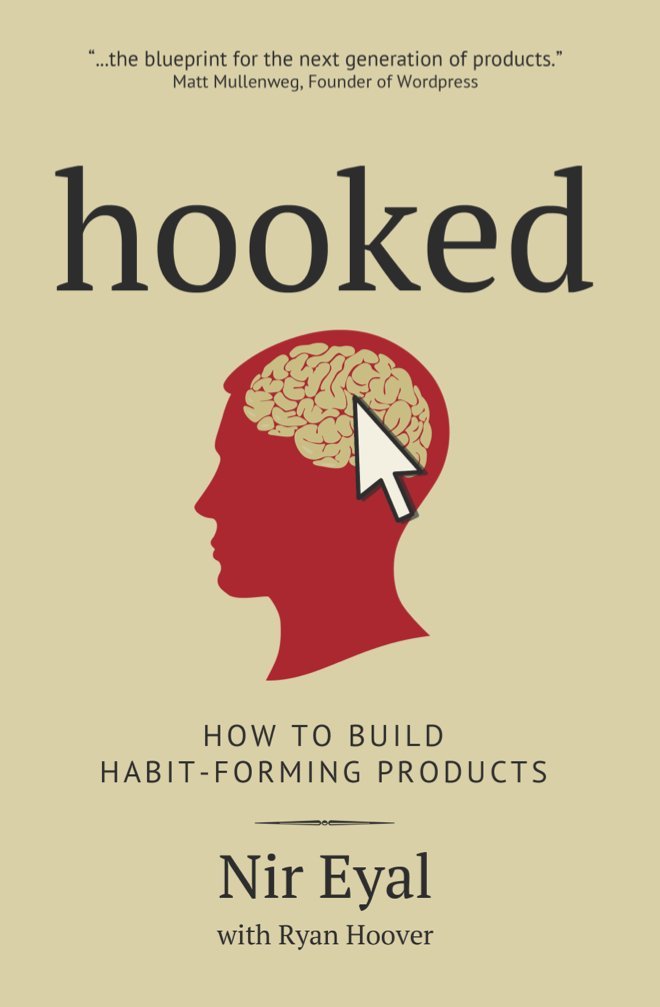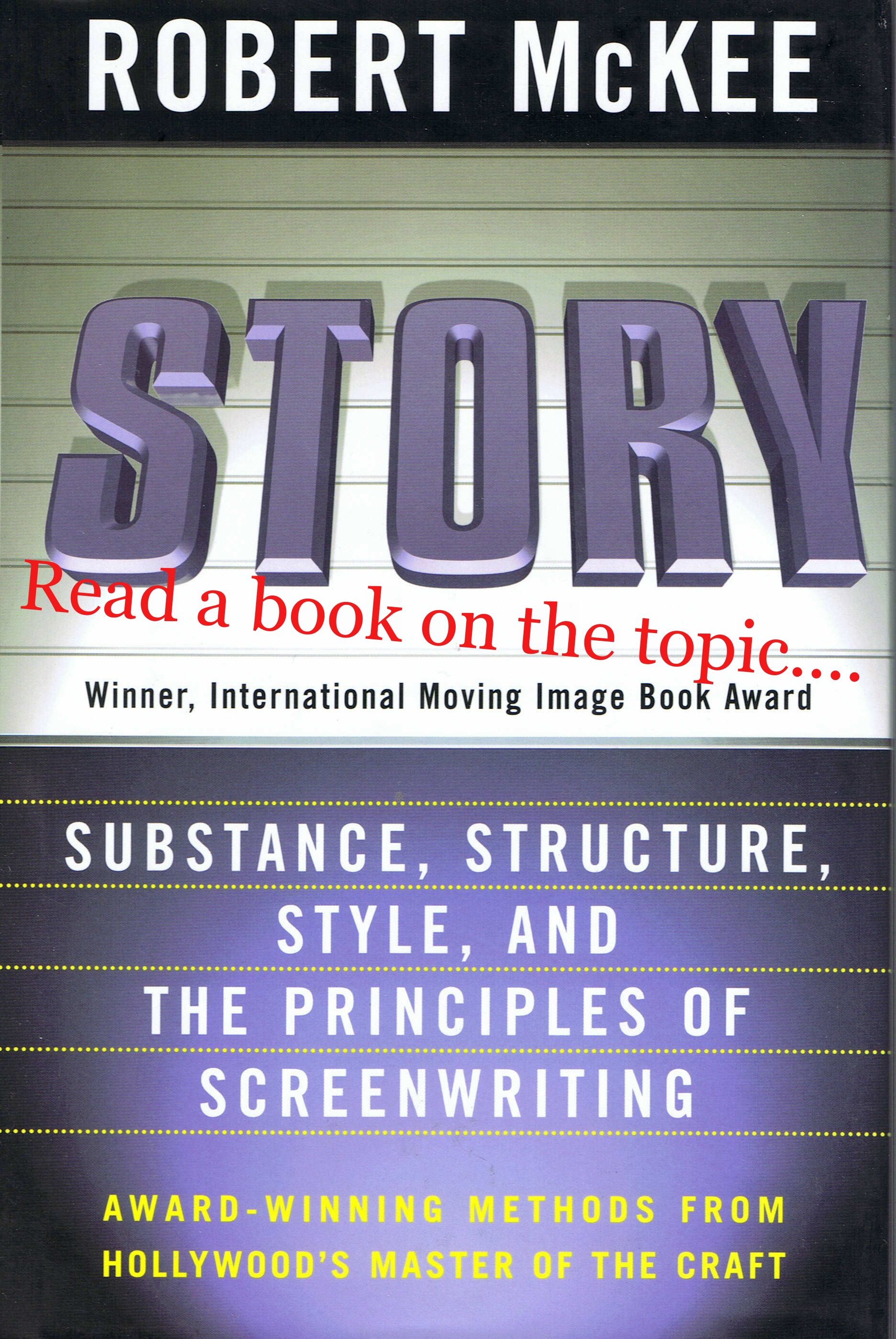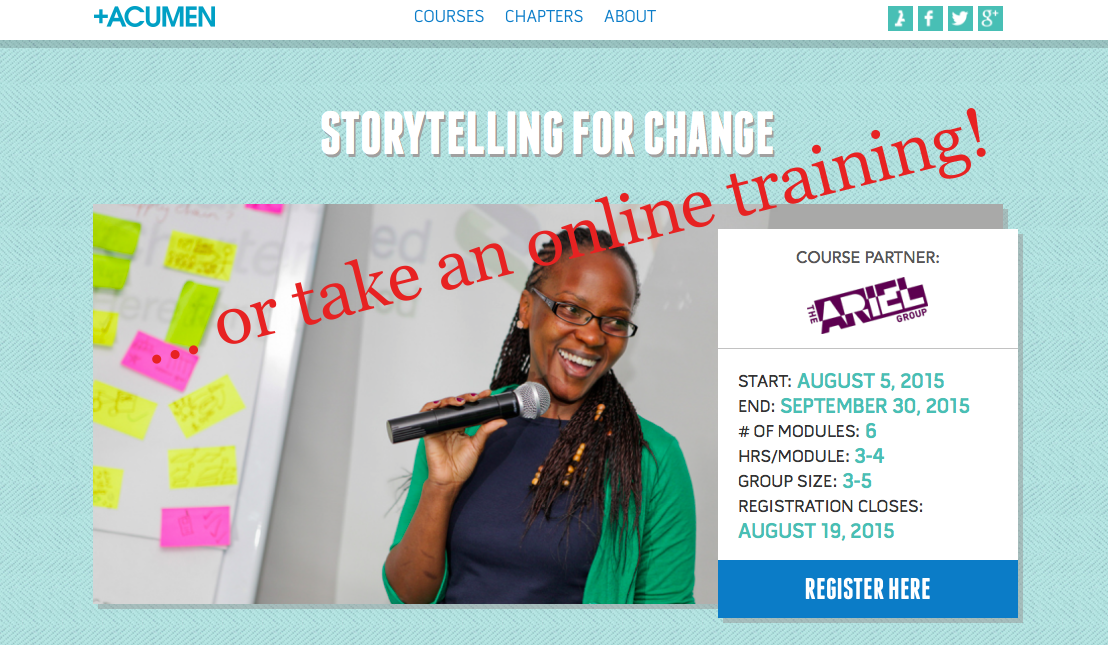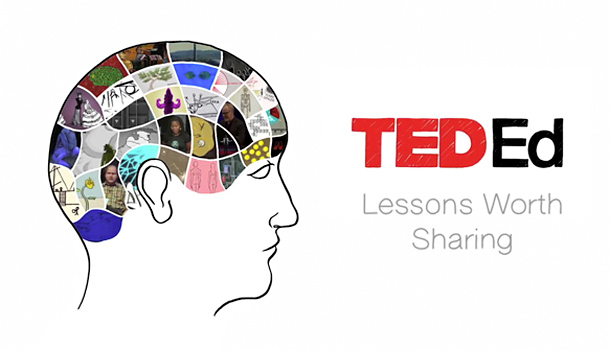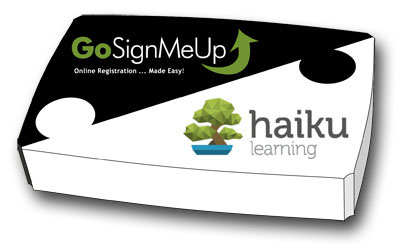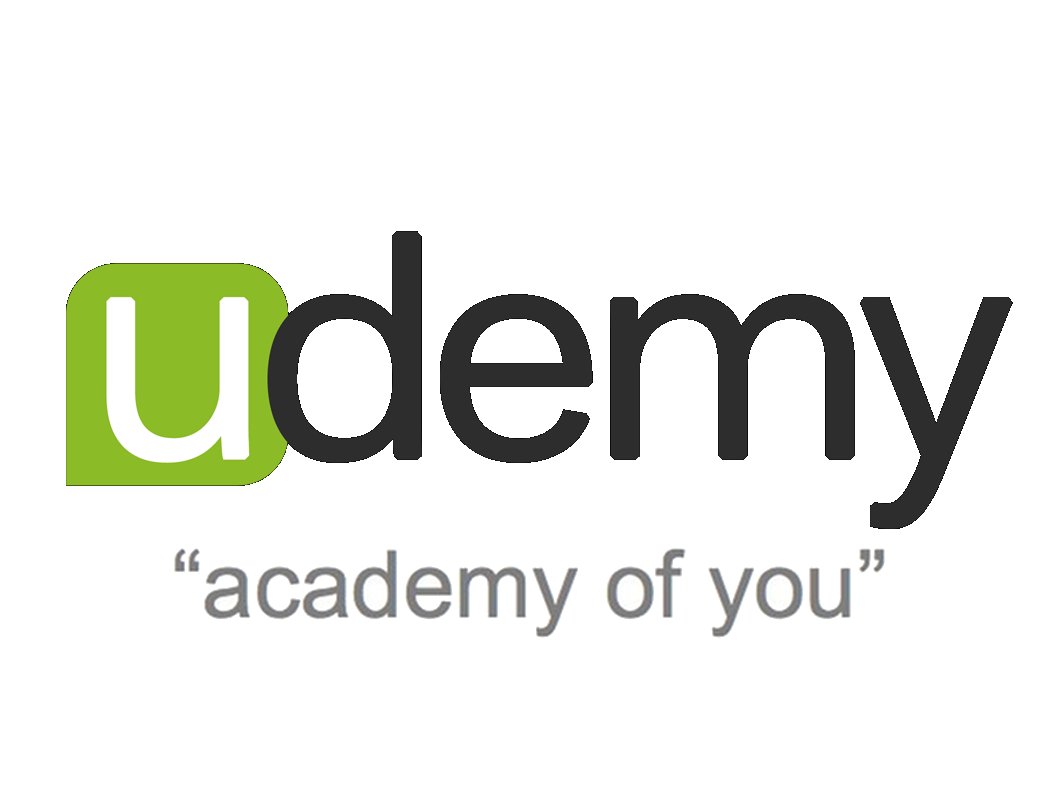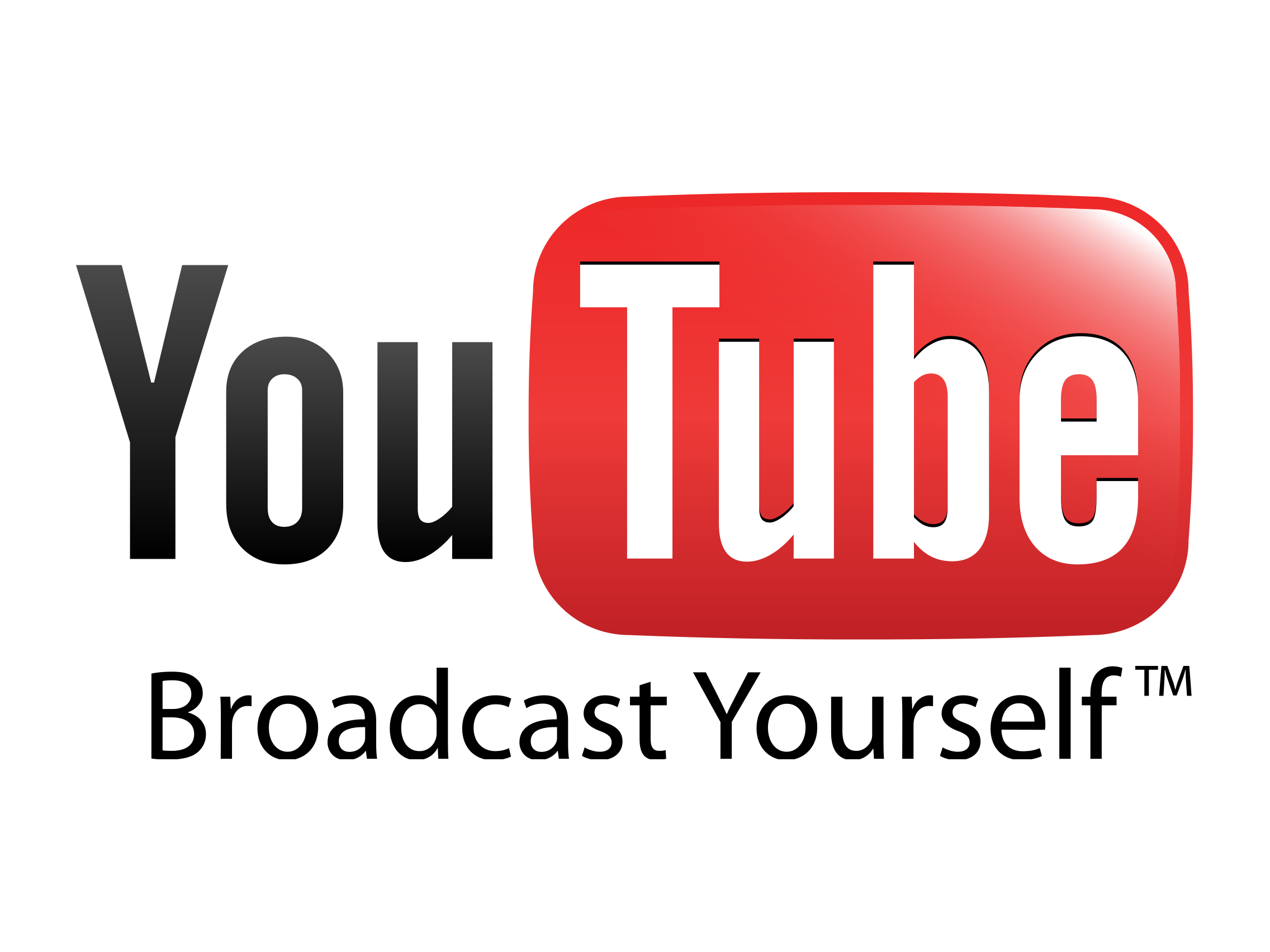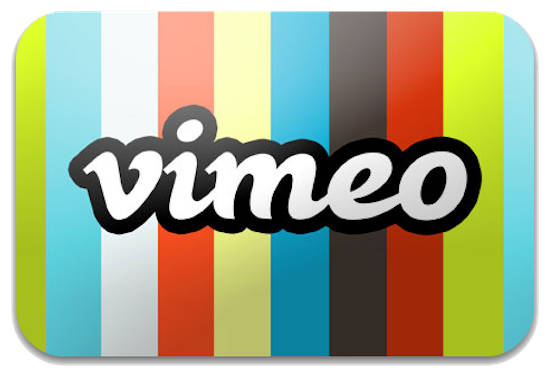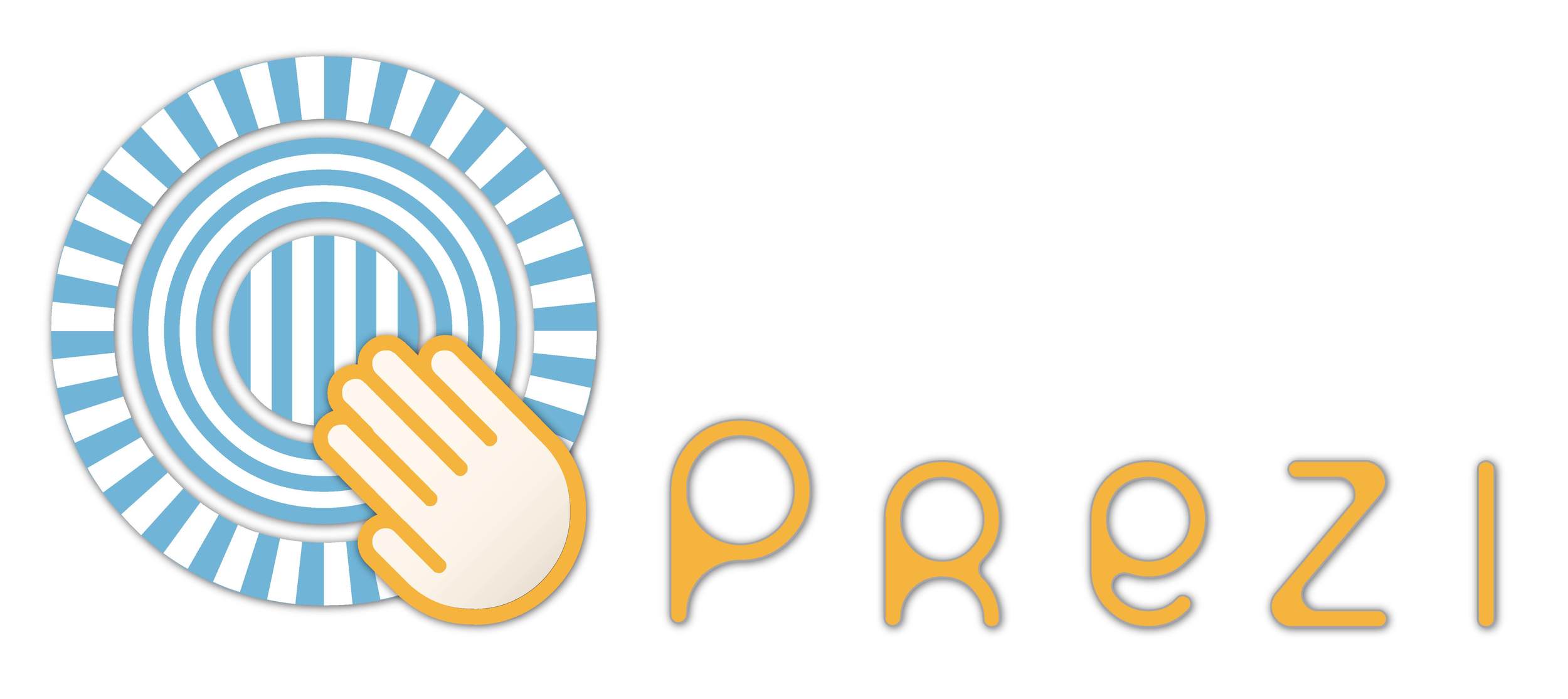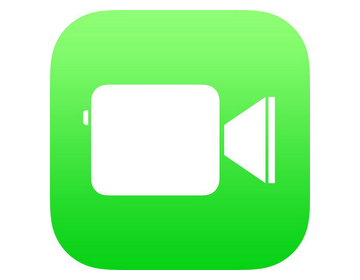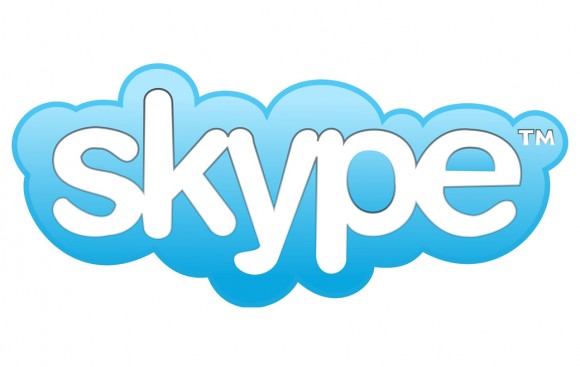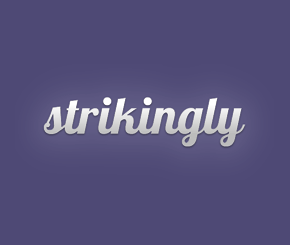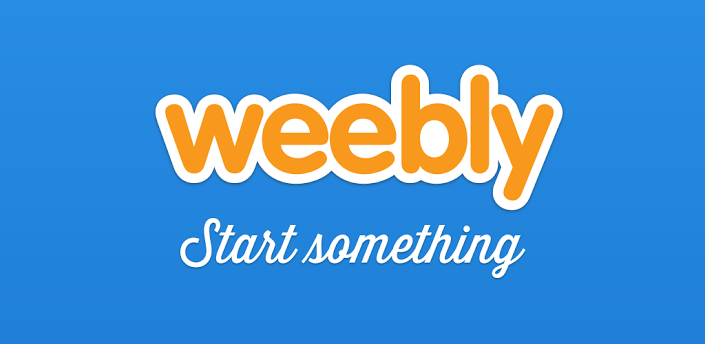building online professional development
that changes behavior
Today you can learn any skill online.
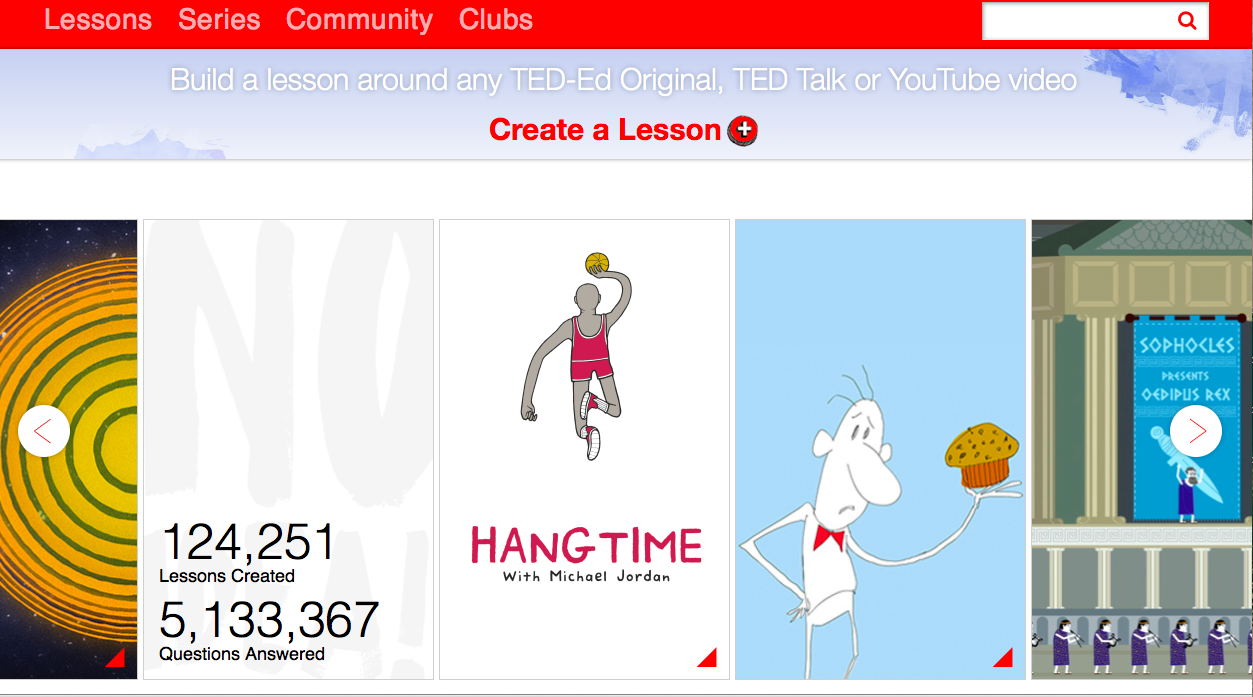
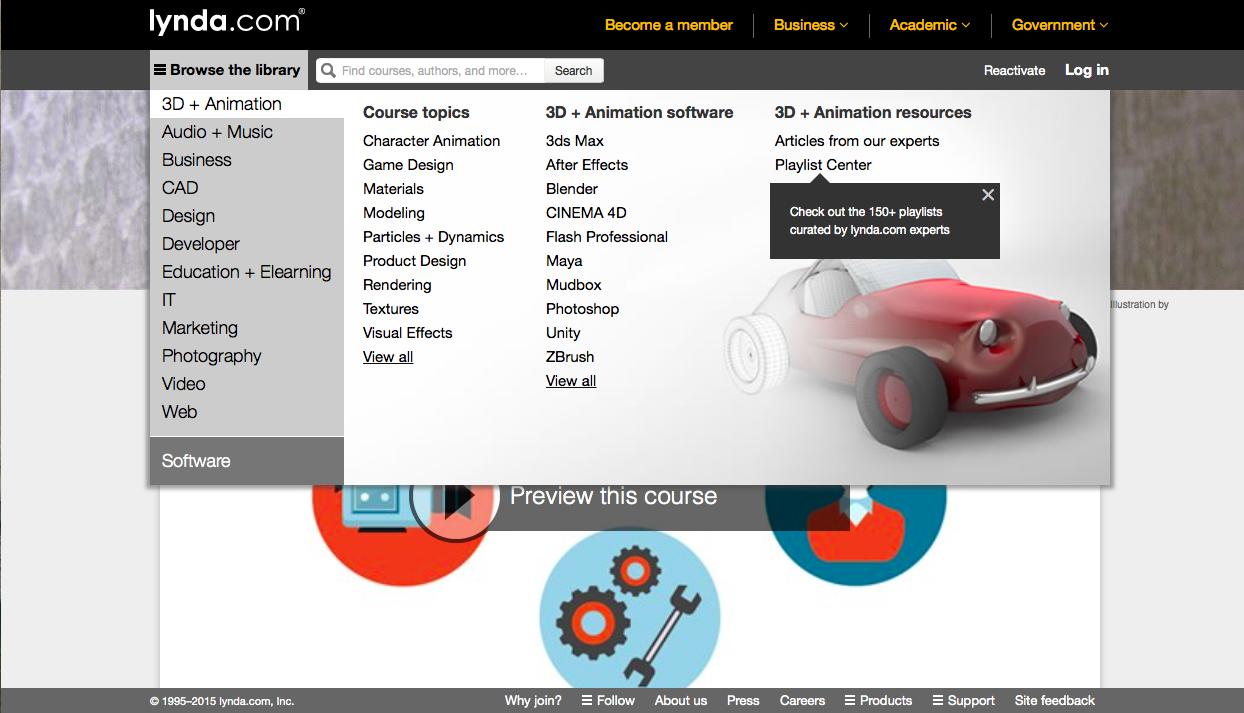
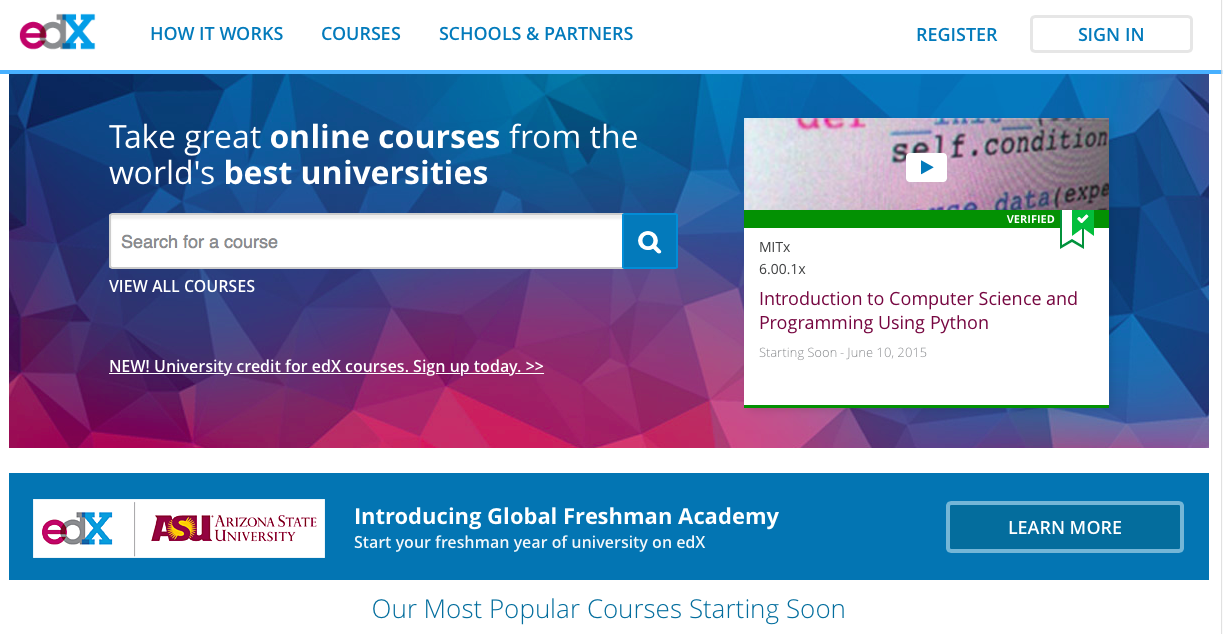

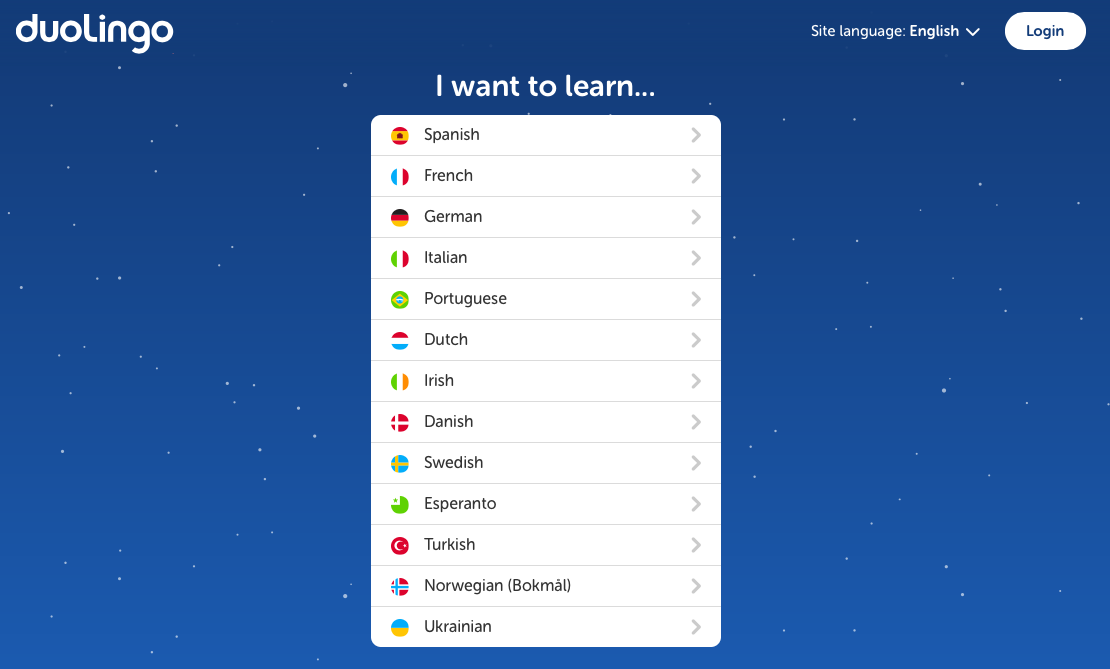
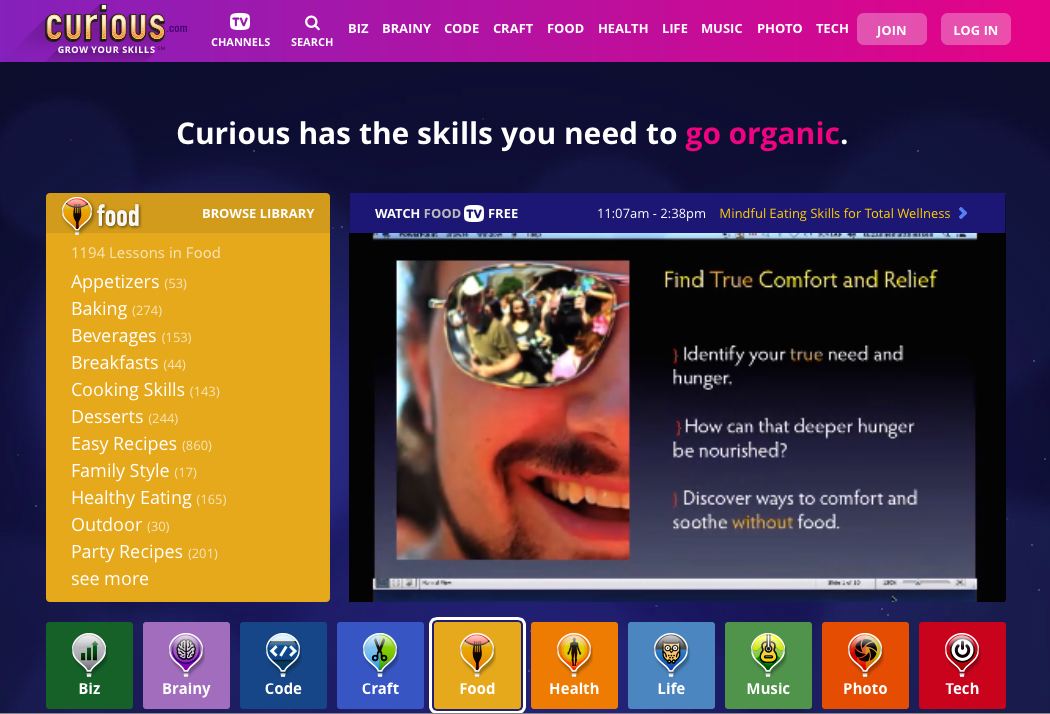
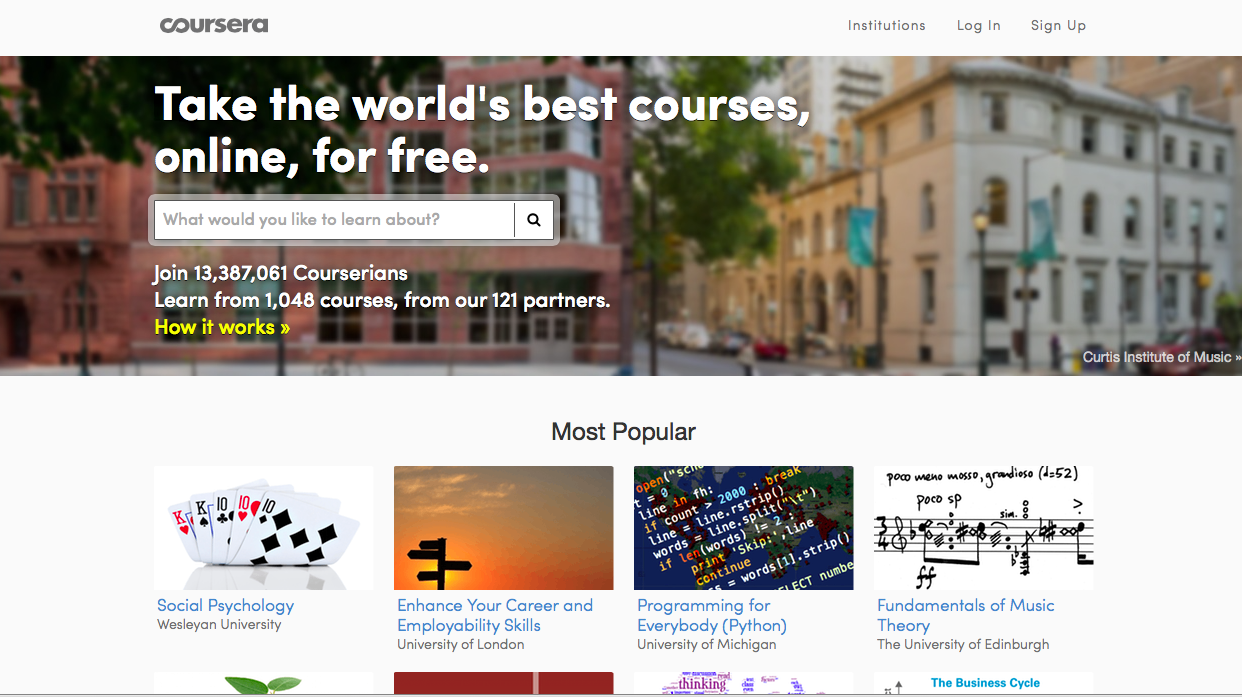
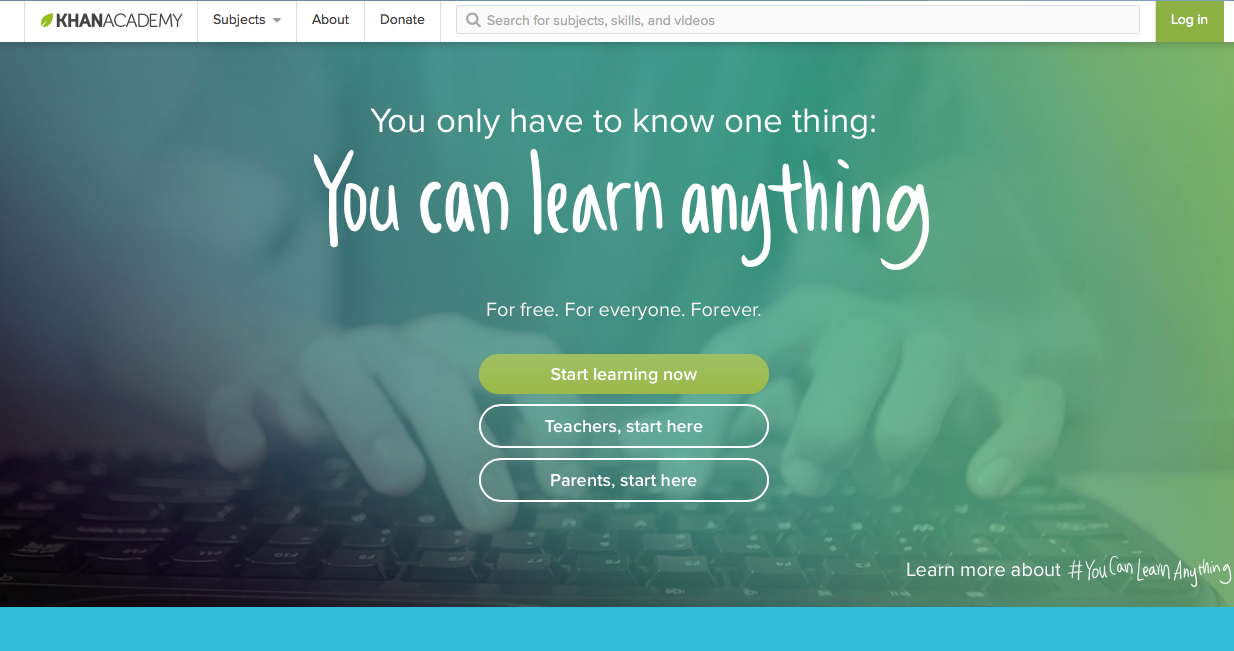
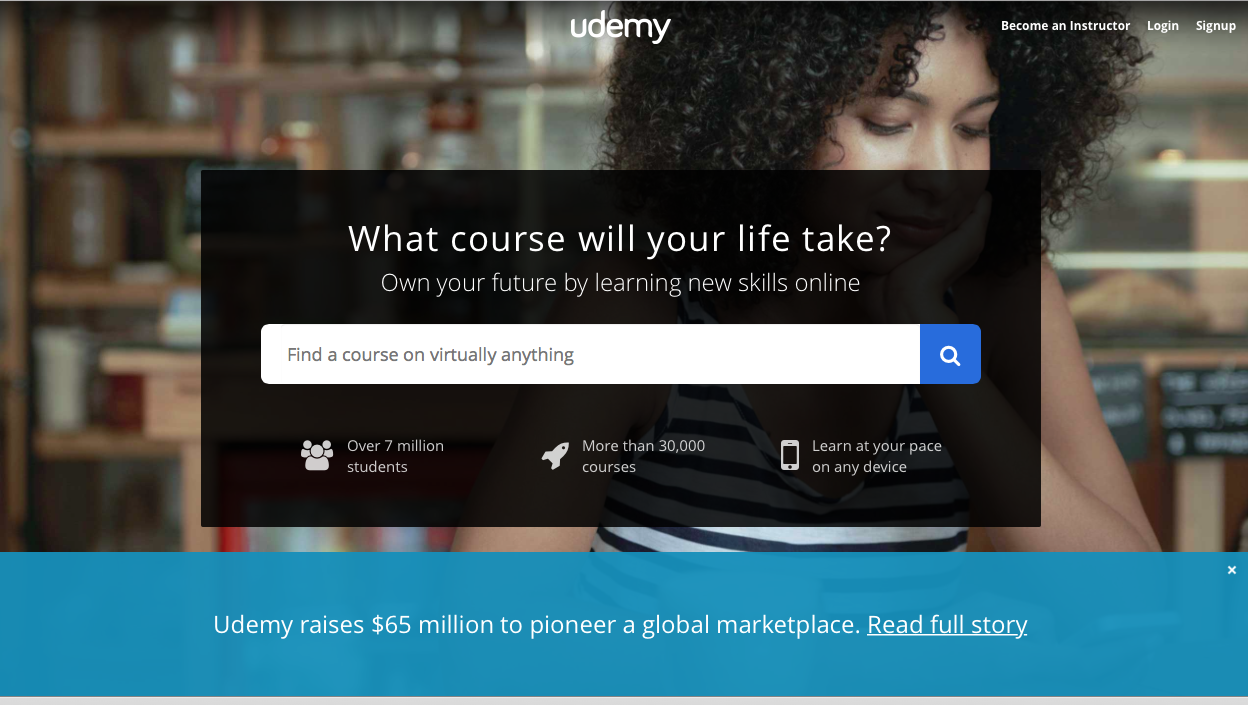
But changing behavior requires deliberate effort that goes beyond simply passing information.
Entertainment - education has been changing behaviors for years.
“Entertain - Middle English entertinen, from Middle French entretenir, from entre- inter- + tenir to hold”
“Educate - Middle English, to rear, from Latin educatus, past participle of educare to rear, educate, from educere to lead forth”
To read more about the program to eradicate syphilis in the U.S. in 1940s through entertainment - education, visit Studio360.org.
A good story engages imagination and attention of your audience, priming them for learning.
If you wish to learn more about good storytelling:
Our first EE-based lesson
You can deliver professional development that changes behavior
- IDENTIFY A TOPIC
- Identify a training topic.
- BRAINSTORM MESSAGE
- Brainstorm the list of messages that support your topic. If possible, collaborate with a variety of different stakeholders to get the most complete list possible.
- CURATE THE MESSAGE
- Curate the messages down to "keystone" messages only. These messages become the core of your online training. The following quote helps explain what we mean by "keystone":
“Keystone habits say that success doesn’t depend on getting every single thing right, but instead on identifying a few key priorities and fashioning them into powerful levers (...) The habits that matter most are the ones that, when they start to shift, dislodge and remake other patterns (...) If you focus on changing or cultivating keystone habits, you can cause widespread shifts.”
- LINK BEHAVIORS TO "KEYSTONE" MESSAGES
- Identify behaviors that demonstrate each keystone message in action. Remember: positive actions (i.e. "do this") are typically stronger than negative actions (i.e. "don't do that").
- MIND THE GAP
- Consider the GAP between expectation and reality.
“The substance of the story is the gap that splits open between what a human being expects to happen when he takes an action and what really does happen; the rift between expectation and result, probability and necessity (...) As to the source of energy in the story, the answer is the same: the gap (...) ”
- CREATE A STORY
- Create a story about this GAP between expectation and reality. This more than anything will hook your audience to your training.
- BUILD THE LESSON
- Once you've hooked your audience, build out your lesson around the other keystone messages and their consequent behaviors. Remember to keep your training focused entirely around your "keystone" messages.
- PACKAGE THE LESSON
- Deliver your lessons using diverse and innovative tools. Here's a simple list to get you started:
TedED, Haiku, Udemy, Litmos are some of the online platforms you can use to create and deliver your online training.
Squarespace, Strikingly, Weebly, or WordPress will bring your content to life with a beautiful website.
Use GoAnimate to bring your ideas to life.
Want to record an audio file of yourself explaining an idea? Use your cell phone’s voice memo function to create a podcast, and publish it using SoundCloud, for example.
Maybe you’re up for sharing a video of yourself as part of the lesson? Use your cell phone camera, upload the video to YouTube or Vimeo, and share it with your audience.
Use SurveyMonkey or WuFoo to create engaging exercises and surveys.
Or maybe you simply want a set of slides that are a bit more interesting than PowerPoint? Use Prezi!
Don’t forget, your simple messages may be delivered as easily as a text message, an email, or a social media post.
And if you want to follow up with your participants one-on-one, Skype, Viber, or FaceTime make it super easy.
